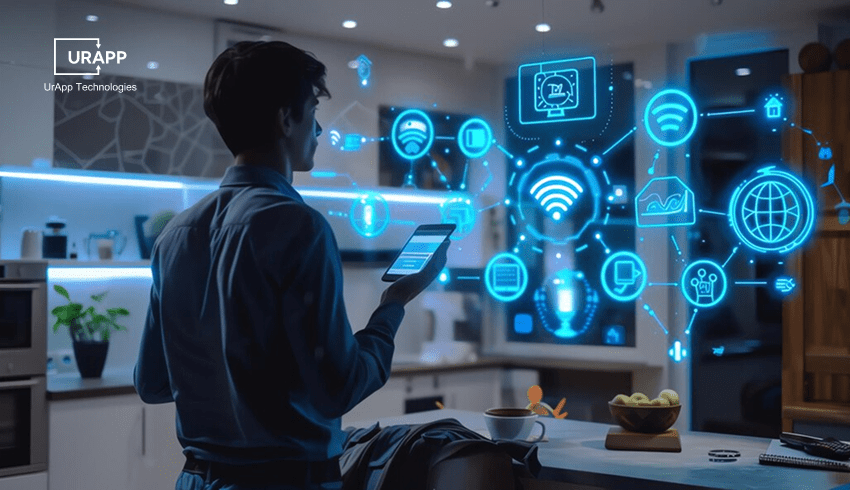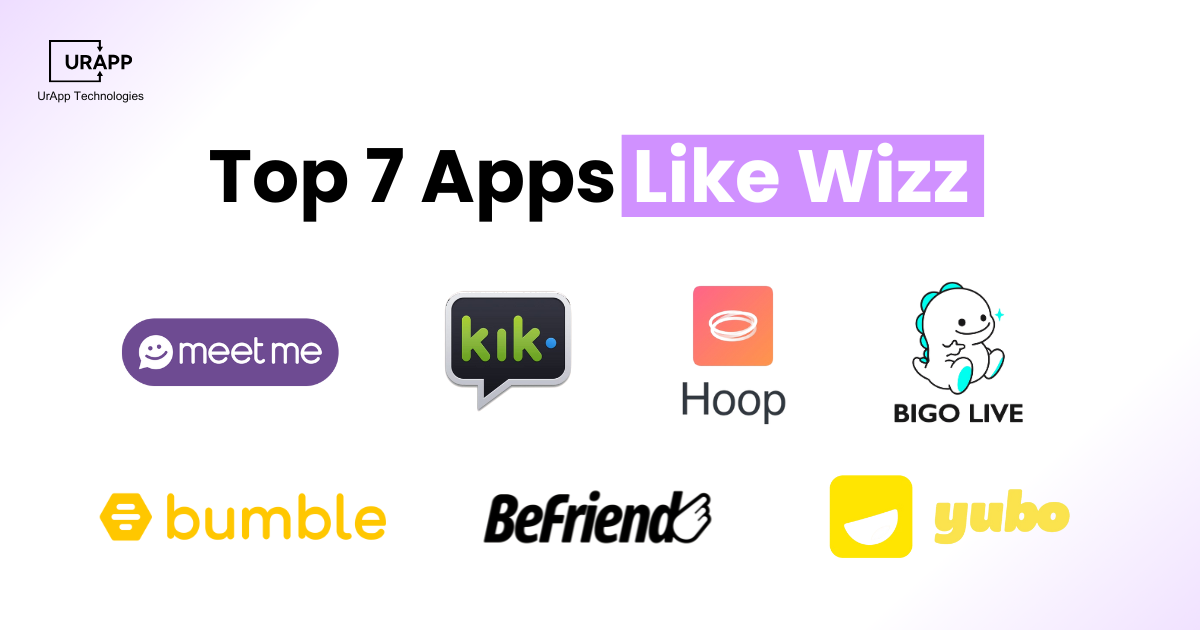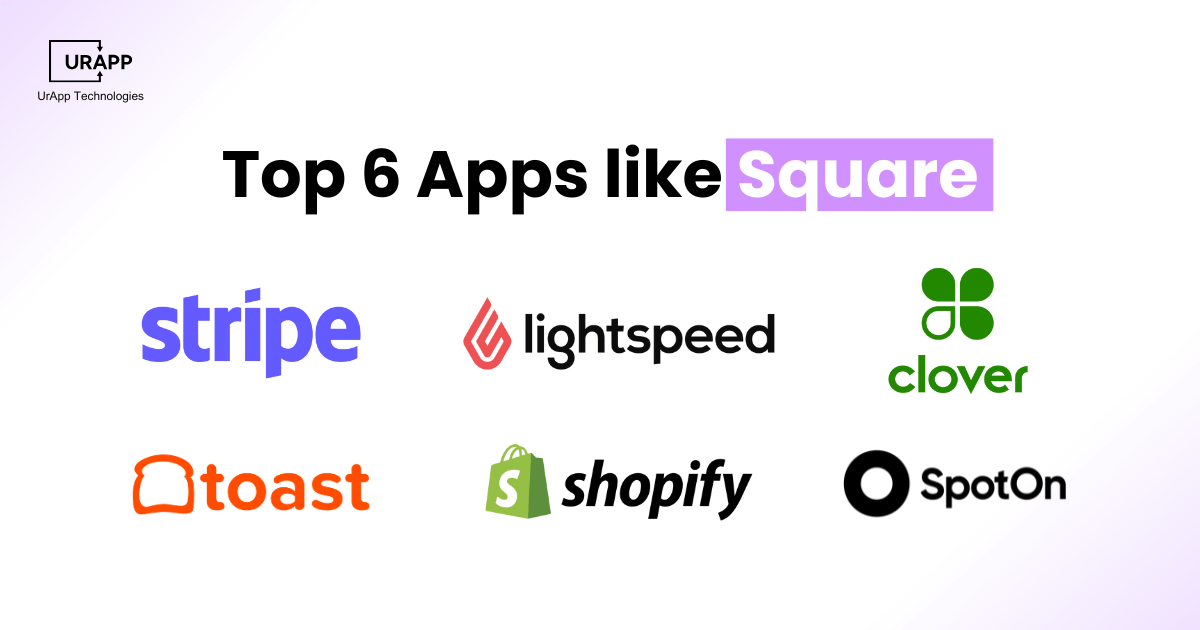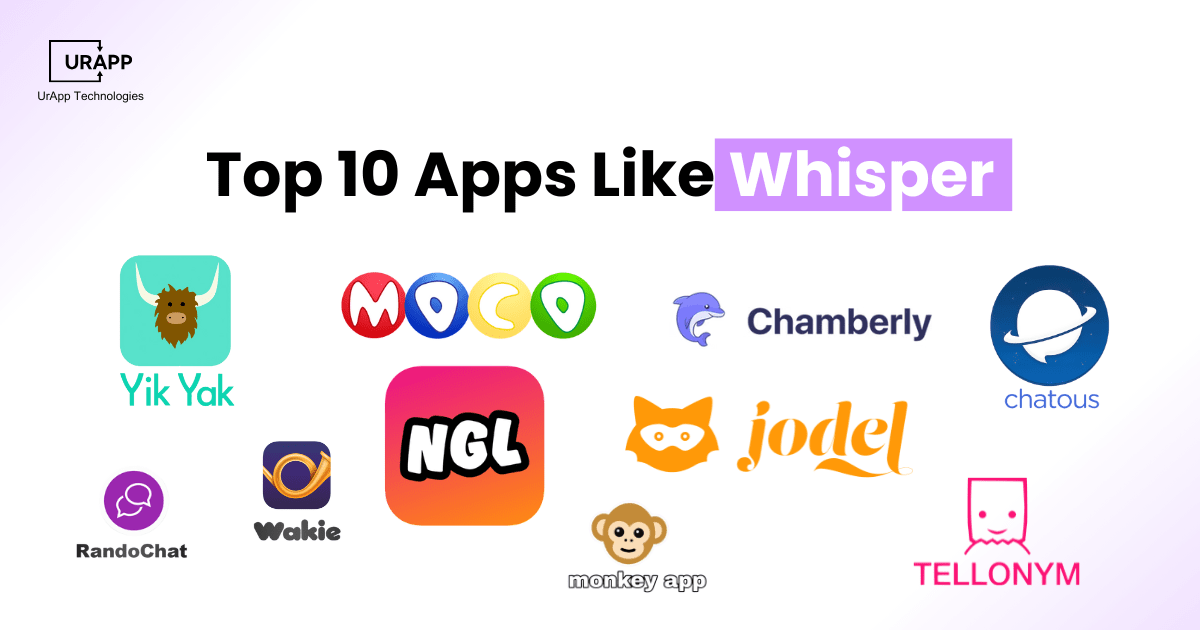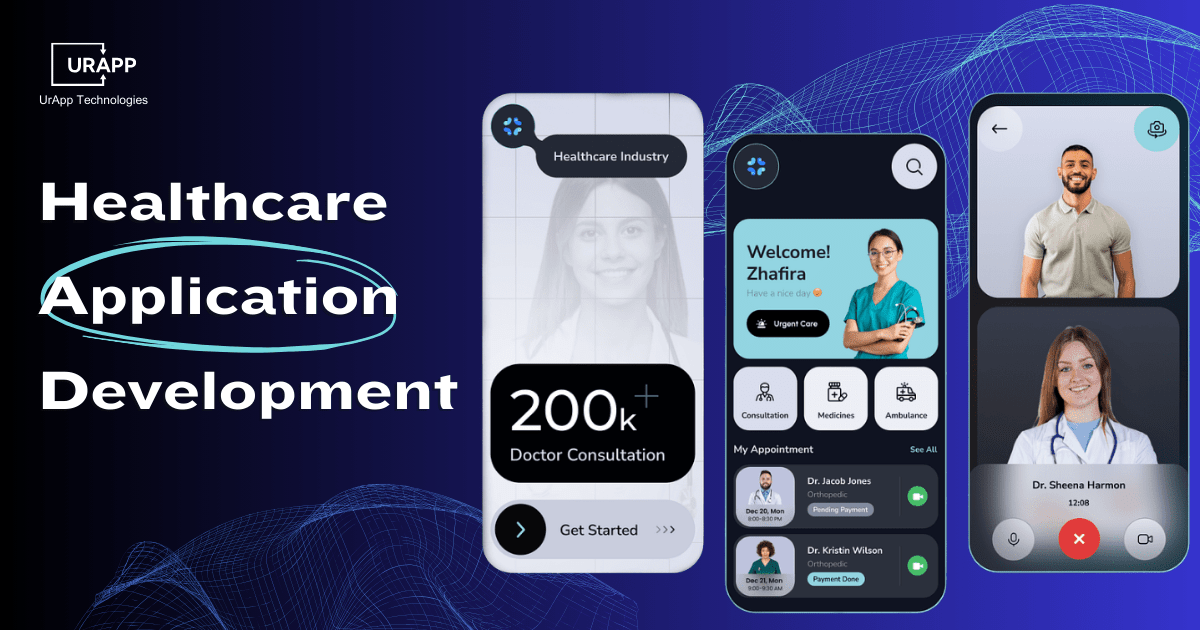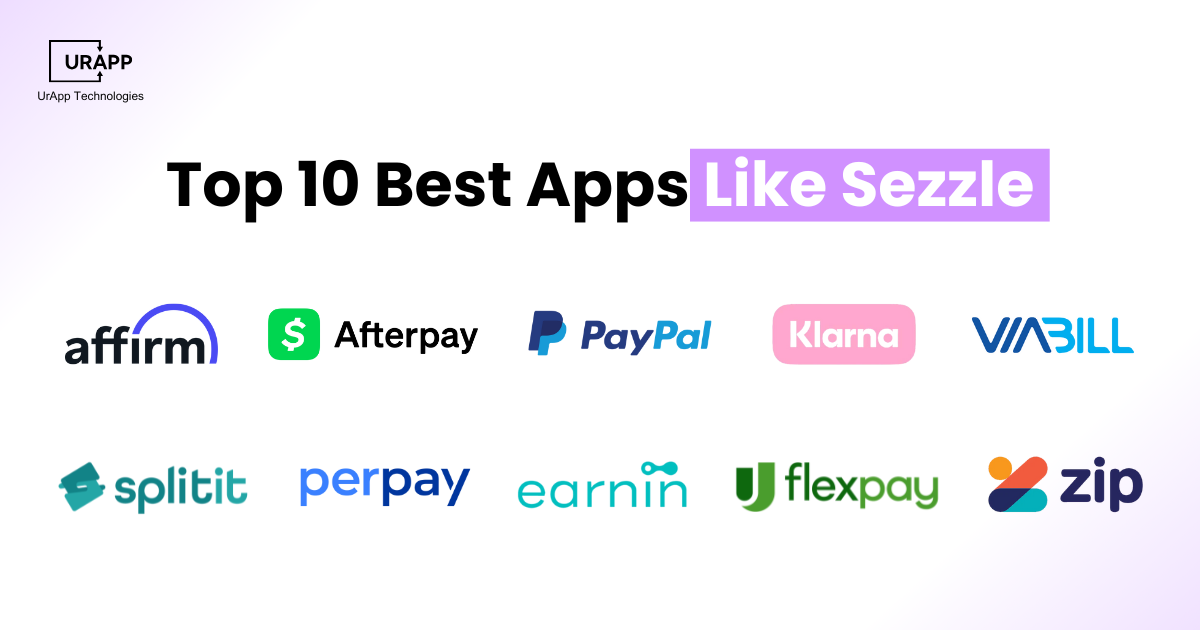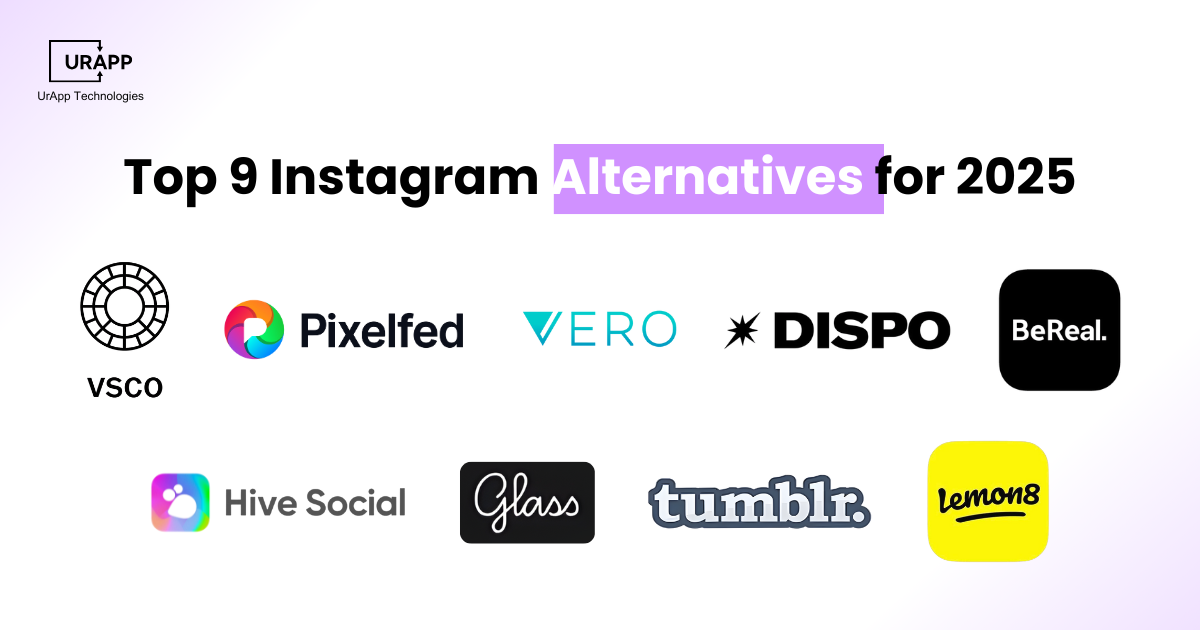Creating Smarter Applications With Iot App Development
The Internet of Things (IoT) has brought about a fundamental change in the way we use technology. The advanced applications that this network of connected devices offers enhance our daily lives by increasing productivity, convenience and decision-making. This blog will teach us about IOT app development and the different parts that go into making smarter apps.
Understanding IoT
An "IoT" network is a collection of linked devices that exchange information and communicate online. These devices can range from basic home appliances to highly advanced industrial equipment. The primary goal of IoT is to collect environmental data, evaluate it and give consumers up-to-date information so they may make informed decisions.
Key Features of IoT:
- Data Gathering:
IoT devices use sensors to collect real-world data for valuable insights.
- Connectivity:
They communicate through Wi-Fi, Bluetooth, or cellular networks to share information.
- Scalability:
These systems are built to manage vast numbers of devices and high data traffic.
- Analysis:
Collected data is processed to reveal trends and guide smarter decisions.
- Automation:
IoT enables automated actions, boosting efficiency and simplifying operations.
Importance of IoT in Developing Smarter Apps
The Role Of IoT in Mobile App Development holds great value due to its ability to facilitate the development of applications that increase user experience and operational efficiency. IoT technology is used by smart apps to gather, process and present data in order to make smarter decisions.
Current Statistics on IoT
IOT has changed the way industries run their operations. According to Statista, the number of connected Iot devices is expected to reach 30.9 billion in 2025. This outstanding growth showcases the unprecedented demand of IOT across multiple industries.
IoT Device Growth (2021–2025)
Source: Statista
This demand gives IOT app development companies a chance to gain a competitive advantage by offering innovative solutions that meet consumer needs.
How to Make an IoT Application That Users Will Love
To create an effective IoT application, start by addressing a real-world problem with a user-centric and intuitive design. Ensure seamless connectivity between devices, fast performance, strong security, and scalability. Choose appropriate sensors, microcontrollers, and software tools, and use cloud platforms for efficient data management and visualization. Incorporate engaging features and a responsive interface for a smooth and reliable experience.
1. Define Your Project
- Identify the app’s goal, core function, and use case.
- Understand user needs and list required features and data types.
2. Choose Hardware and Software
- Pick a microcontroller or SoC (e.g., Arduino, Raspberry Pi) suited to the task.
- Select sensors, actuators, a programming language, and optionally a cloud platform.
3. Assemble Your Hardware
- Connect your microcontroller with sensors, actuators, and other components.
- Ensure a stable and compatible power source for all devices.
4. Write Your Code
- Program the microcontroller to handle data collection, control, and communication.
- If using cloud services, build backend logic for data processing and security.
5. Connect to the Internet
- Use Wi-Fi, Bluetooth, or MQTT to enable device communication.
- Configure network settings to ensure reliable connectivity.
6. Develop a User Interface
- Create a simple, user-friendly web dashboard for control and monitoring.
- Optionally, design a mobile app for added convenience.
7. Test, Debug, and Deploy
- Run real-world tests to check performance and stability.
- Fix bugs, finalize the system, and deploy it to the live environment.
Areas with the Biggest Demand for IoT Applications

Smart Homes
Smart home technology connects appliances to the internet, such as security systems, lights and thermostats, to make living easier. It saves time and makes homes safer and more comfortable. IoT mobile app development makes this feasible by providing a dependable and easy means of connecting smart devices.
Benefits of Smart Homes
- Increased Convenience: Control home devices from anywhere, anytime.
- Enhanced Security: Monitor security systems remotely for peace of mind.
- Energy Efficiency: Optimize energy usage, leading to cost savings.
- Remote Monitoring: Keep track of home conditions in real time.
Healthcare
IOT mobile app development benefits the healthcare business by improving patient care and simplifying operations. Fitness trackers, smartwatches and other wearable devices monitor health variables and transmit data to medical specialists.
Benefits of IoT in Healthcare
- Real-time Health Monitoring: Continuous tracking of vital signs.
- Improved Patient Outcomes: Timely interventions based on data insights.
- Reduced Healthcare Costs: Efficient resource allocation and management.
- Enhanced Data Collection: Accurate and comprehensive patient data.
Agriculture
IOT's increased capabilities alter the agriculture sector and enable precision farming. Sensors track soil conditions, weather patterns and crop health to help farmers make informed decisions.
Benefits of IoT in Agriculture
- Increased Crop Yields: Optimize farming practices for better harvests.
- Efficient Resource Management: Reduce waste of water and fertilizers.
- Reduced Environmental Impact: Sustainable agricultural practices lessen environmental effects while protecting ecosystems.
- Improved Supply Chain Visibility: Track items from farm to table.
Transportation
IoT enhances transportation through smart logistics and fleet management. Connected vehicles provide real-time data, improving safety and operational efficiency.
Benefits of IoT in Transportation
- Reduced Operational Costs: Optimize routes and fuel consumption.
- Improved Safety: Monitor vehicle performance and driver behavior.
- Enhanced Route Optimization: Real-time traffic updates for efficient navigation.
- Real-time Tracking: Keep customers informed about deliveries.
Retail
IoT applications in retail enhance the shopping experience. Smart shelves, inventory management systems, and personalized marketing strategies are just a few examples of how IoT transforms retail.
Benefits of IoT in Retail
- Improved Customer Experience: Data insights provide personalized buying experiences.
- Enhanced Inventory Management: Stock levels are tracked in real-time.
- Increased Sales Opportunities: Targeted advertising based on client behavior.
- Data-Driven Marketing Strategies: Tailor marketing campaigns to consumer preferences.
Why Startups Decide to Create IoT Applications
Startups are increasingly developing IoT applications to innovate, scale their businesses, and tap into the rising demand for connected devices. IoT technology offers valuable opportunities to solve real-world problems, enhance operational efficiency, and deliver improved customer experiences, making it an ideal space for growth and competitive advantage.
Key Benefits of IoT for Startups:
Efficiency and Automation:
- IoT helps automate tasks and reduce manual work, making operations faster and freeing up time for bigger goals.
Scalability and Cost Efficiency:
- As startups grow, IoT apps can scale easily while cutting down on costs and improving overall efficiency.
Data-Driven Decision Making:
- IoT devices collect valuable data that helps businesses understand operations, customer behavior, and uncover new opportunities.
Improved Customer Experience:
- With real-time data, IoT enables personalized services that boost customer satisfaction and loyalty.
Innovation and Market Demand:
- Startups can stand out by using IoT to build smart solutions that meet real needs in a fast-growing, high-demand market.
Supercharge your business with IoT
Get a Free ConsultationIoT Web Applications vs. IoT Mobile Applications
Before iot app development , enterprises must decide between web and mobile platforms. Each choice has distinct benefits and drawbacks.
| Feature | IoT Web Applications | IoT Mobile Applications |
| Accessibility | Accessible from any device with a browser | Requires installation on mobile devices |
| Offline Access | Limited offline functionality | Can offer offline capabilities |
| User Experience | Can be less intuitive | More personalized and engaging |
| Development Cost | Generally lower | Typically higher due to complexity |
What’s Under the Hood: Building an IoT Application
Iot app development involves several components. Understanding these components is crucial for successful development.
Cloud
The cloud functions as the foundation for IoT applications. It saves data, facilitates processing, and permits scalability.
Hardware
Sensors, devices, and gateways collect and transmit data. Choosing the right hardware ensures efficient communication and processing.
Network
A stable network ensures smooth data transmission between devices and the cloud. Protocols like Wi-Fi and Bluetooth are crucial.
Software
Software handles data processing and device interactions. A solid backend and interface provide a reliable user experience.
The Tech Stack You Need to Create a Winning IoT Application
To develop an effective IoT application, a robust tech stack is essential. Here are the key components:
Programming Languages
Some of the best programming languages for IOT app development are:
Python
Widely used for data analysis and machine learning.
Java
Known for its portability and scalability.
C++
Offers low-level control and efficiency.
JavaScript
Essential for web-based applications.
Frameworks
Some of the best frameworks in programming help build smarter solutions for IoT, web, and mobile applications. These tools support faster development, better performance, and smooth integration across smart systems.
Node.js
Ideal for building scalable network applications.
Django
A high-level Python framework for rapid development.
Flask
A lightweight Python framework for web applications.
Angular
A powerful framework for building dynamic web applications.
Cloud Platforms
Some of the best IoT platform for IOT app development are:
AWS IoT
Provides a suite of tools for IoT application development.
Microsoft Azure IoT
Offers comprehensive IoT solutions and analytics.
Google Cloud IoT
Facilitates secure device management and data analysis.
Protocols:
MQTT
A lightweight messaging protocol for small sensors and mobile devices.
HTTP
The foundation of data communication on the web.
CoAP
Designed for constrained devices and networks.
Hardware:
Raspberry Pi
A versatile platform for IoT projects.
Arduino
Ideal for prototyping and building interactive devices.
ESP8266
A low-cost Wi-Fi microchip for IoT applications.
Sensors:
Temperature Sensors
Monitor temperature changes in various environments.
Humidity Sensors
Measure moisture levels in the air.
Motion Detectors
Detect movement and trigger actions.
The Process of IoT App Development

IOT app development involves several steps. Following a structured process ensures success.
- Determine the application's goal and target user base. Success depends on having a thorough understanding of user objectives and wants.
- Do market research to find rivals and trends. Make a detailed plan outlining features, capabilities, and deadlines.
- Create a prototype to see the application in action. This stage allows testing concepts and gathering early feedback.
- Code the program to start development. Focus on both frontend and backend to ensure a seamless user experience.
- Conduct extensive testing to identify and fix bugs. Ensure the app works well across devices and networks.
- Release the app to the public. Track its performance and gather feedback to identify areas for improvement.
Prioritizing Data Privacy and Security in IoT Application Development
Data Security and privacy are important when it comes to IOT app development. Developers must use strong security measures to save user data from unauthorized access.
Key Security Measures
Data Encryption
- Protect sensitive data during transmission and storage.
Secure Authentication Methods
- Implement multi-factor authentication for user access.
Regular Security Audits
- Conduct audits to identify vulnerabilities and improve security practices.
Compliance with Regulations
- Adhere to data protection regulations, such as GDPR and HIPAA.
How much IOT application development cost in 2025?
In 2025, developing an IoT application can cost anywhere from $5,000 to over $500,000, depending on the app’s complexity, features, and design. Simple apps may range from $5,000 to $50,000, while more advanced or custom-built solutions typically fall between $100,000 and $500,000. For IoT mobile apps specifically, most businesses invest between $50,000 and $250,000. The following factors affect the price:
Application Complexity:
- Simple apps cost $10,000–$50,000; advanced apps with AI, real-time analytics, or custom features can range from $50,000–$150,000.
Features and Functionality:
- Custom integrations, advanced analytics, and unique capabilities significantly impact overall cost.
Hardware:
- Smart device development often accounts for 70–80% of the total IoT project cost.
Infrastructure:
- Backend systems, cloud services, and monitoring tools are critical for scalability and performance.
Connectivity:
- Includes data transfer, network access, and bandwidth usage—ongoing costs that scale with usage.
Development Team Location:
- Hourly rates vary by region. As a general estimate, South Asia may range from $22–$44/hr, and Latin America from $35–$60/hr depending on expertise.
Maintenance:
- Post-launch expenses like updates, bug fixes, and security patches are essential for long-term reliability.
Internet of Things Application Development with UrApp Tech
The development process can be made simpler by collaborating with an experienced Internet of Things development company like UrApp Tech. Our group specializes in developing cutting-edge IoT applications that meet your requirements. We are aware of the difficulties that companies encounter and offer solutions that promote success.
Why Choose UrApp Tech?
🌐 Expertise
At urApp Tech we understand how hard it is to make an app that precisely meets the needs of the client, that is why we believe to have a team with wealth of expertise in developing IoT apps. For us app quality and client satisfaction is something on which we will never compromise.
🔧 Tailored Solutions
We do custom IOT Mobile app development. We are a team that does not make templates and sales, we work hard to meet the expectations of our clients.
🔄 Support
Our team offers ongoing support and updates to keep your IoT application secure, stable, and fully optimized.
🚀 Innovation
Using the latest tech stack, we deliver forward-thinking IoT solutions that give your business a competitive edge.
Supercharge Your Business with IoT
Get a Free Consultation
Conclusion
The importance of IoT in developing smarter apps cannot be emphasized. IoT applications will become more and more in demand as technology develops. Success in IoT app development depends on having a solid understanding of the components and procedures involved. If you want to build your own IoT application, contact UrApp Tech today.
